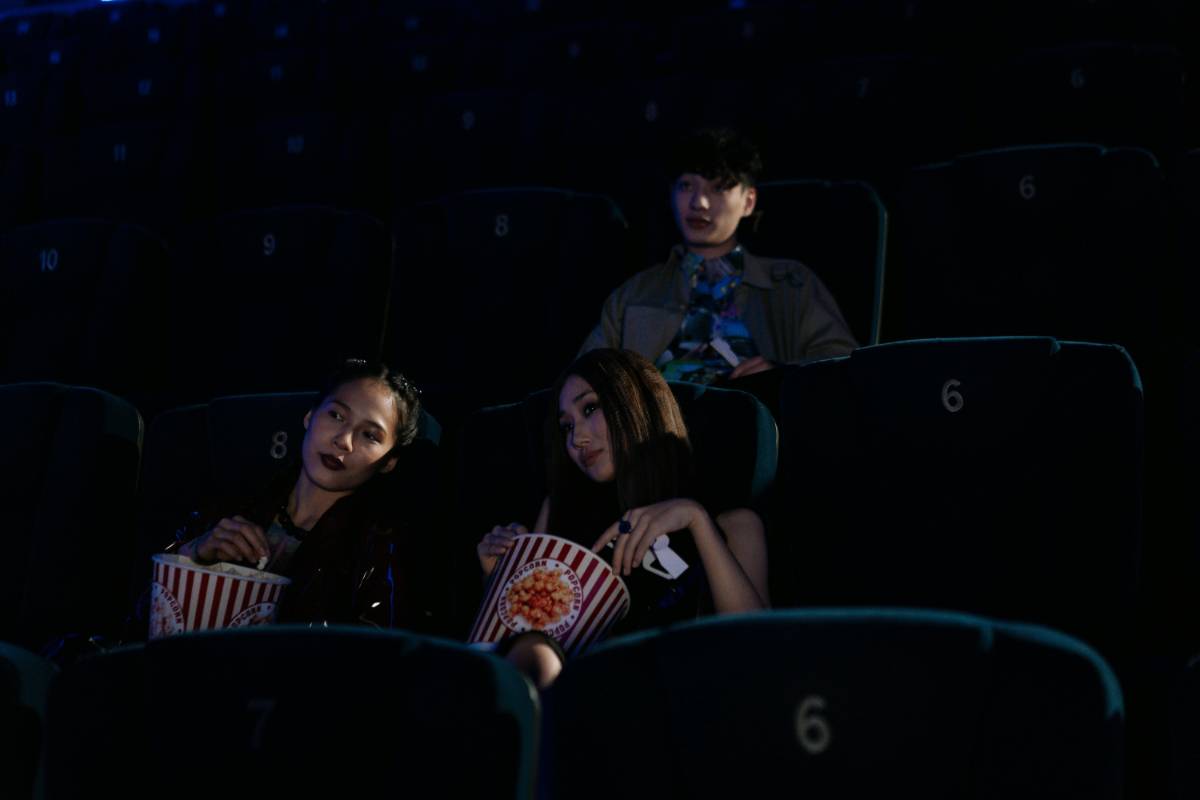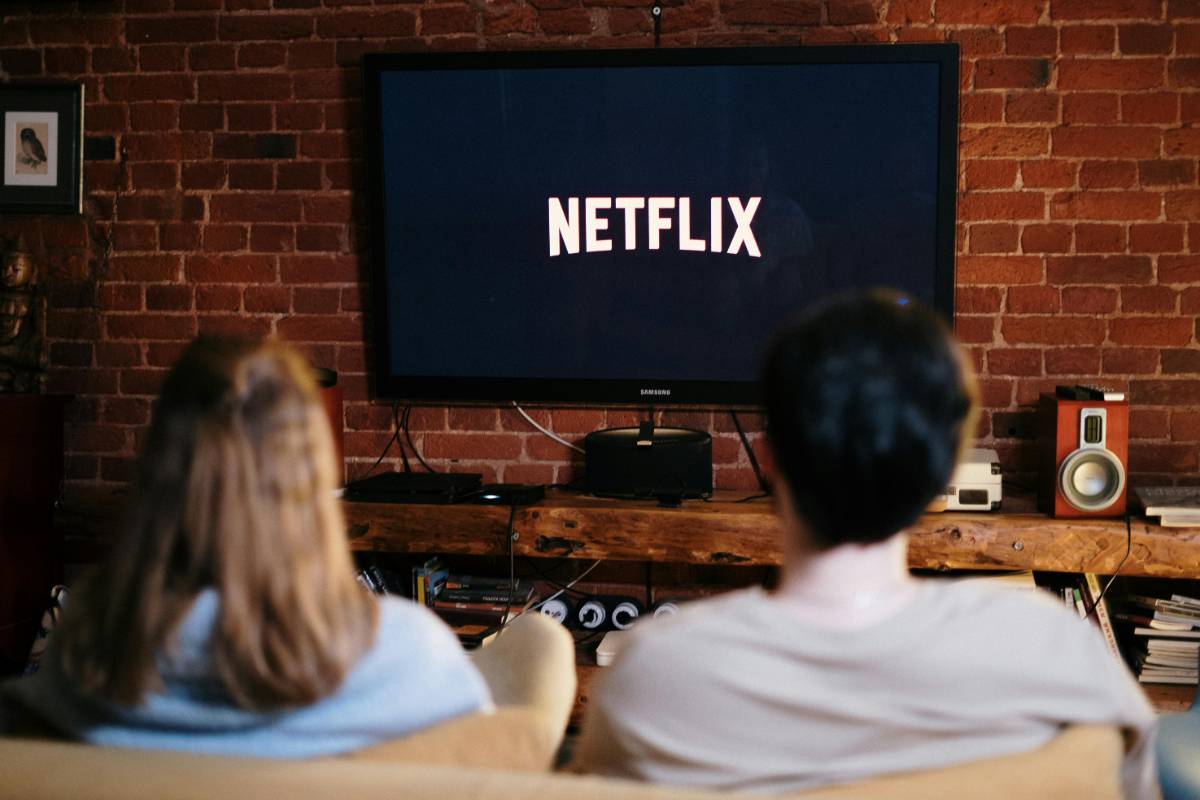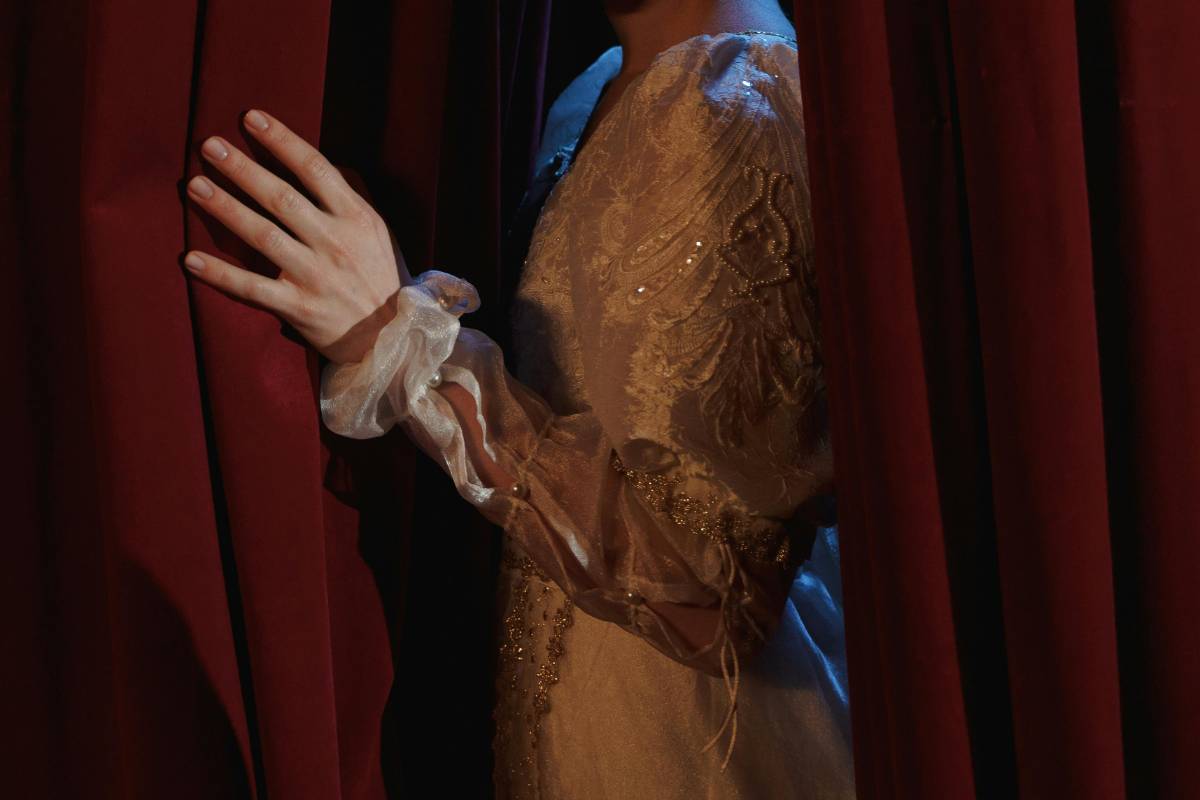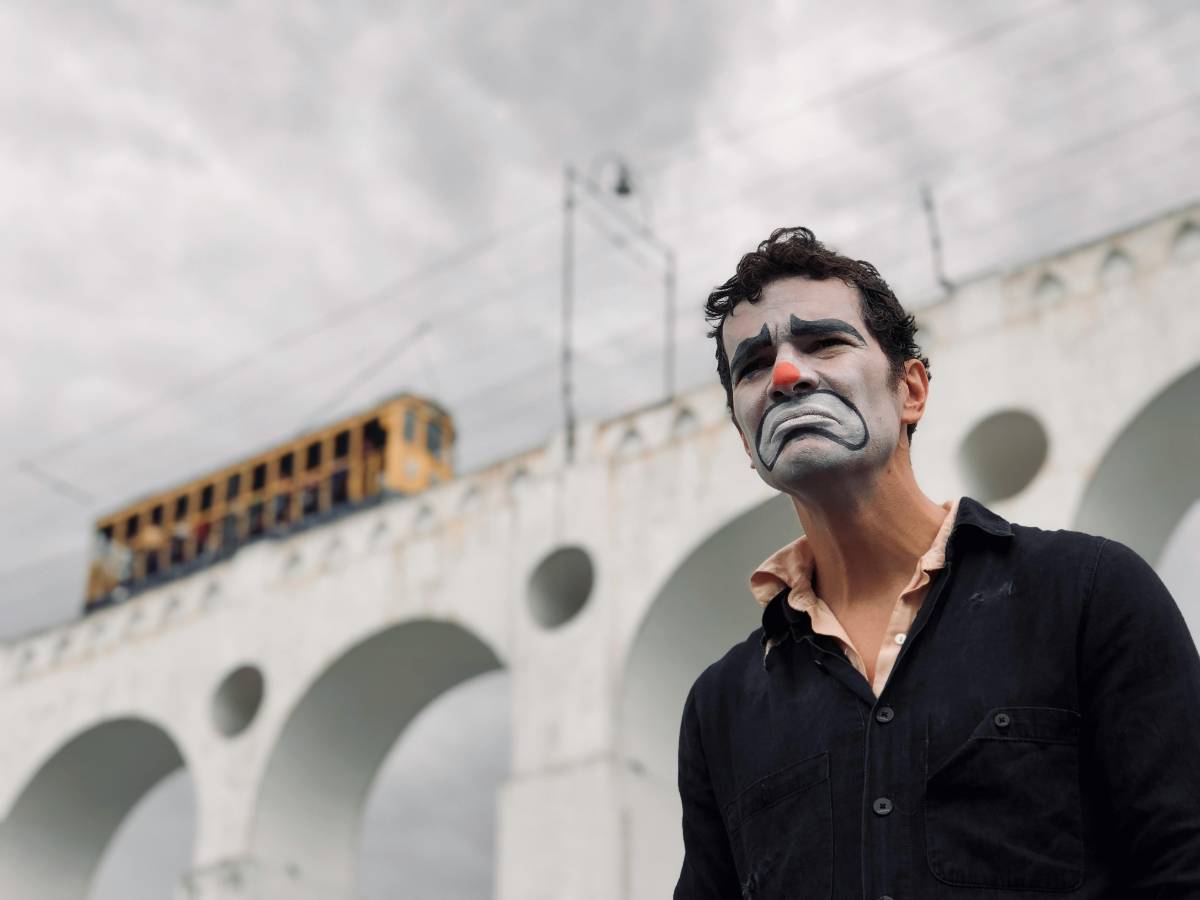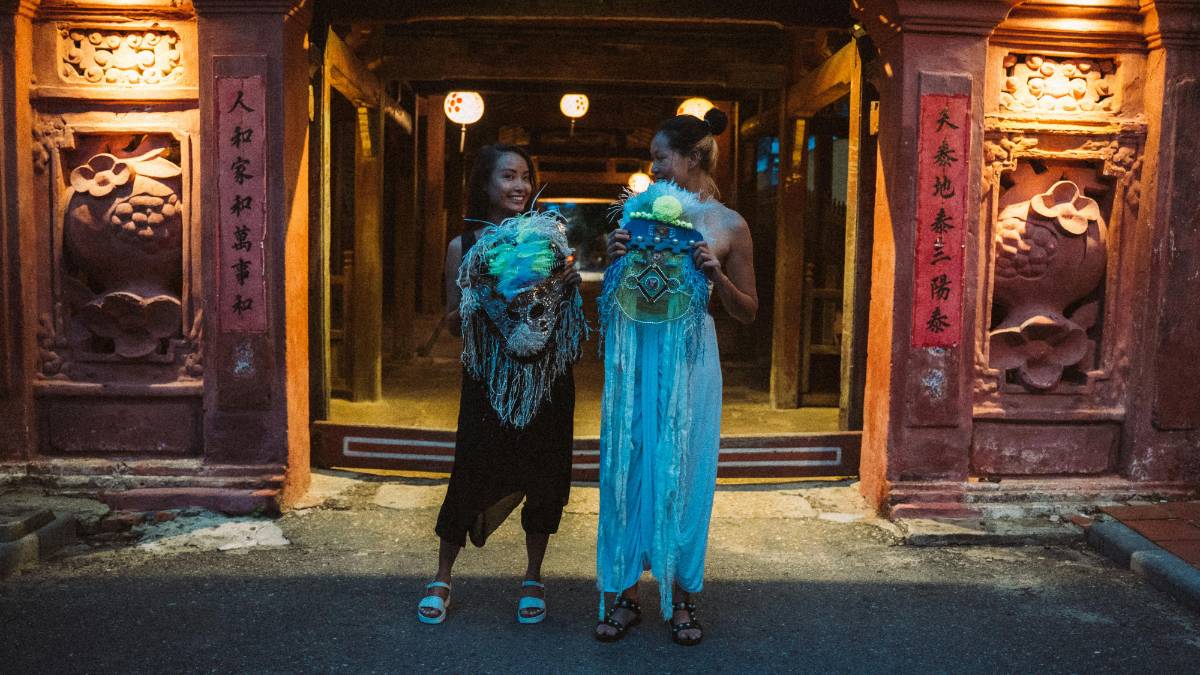Exploring Hollywood’s Most Controversial Casting Decisions
15 Sep 2025
Read Time: 5 min read
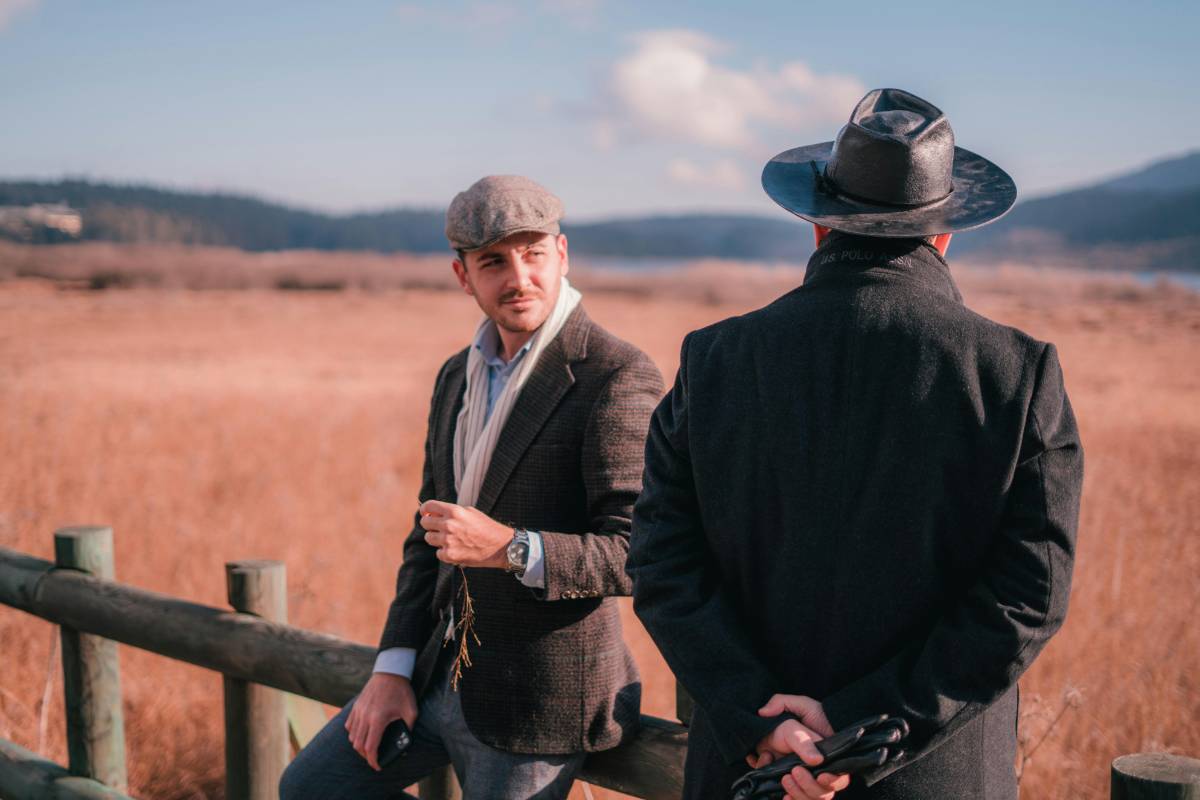
Hollywood has always been a place of glamour, dreams, and creativity, but it has also been a space where controversial casting decisions can stir intense public debate. From actors cast in roles that sparked outrage due to cultural appropriation to reboots and remakes that fans felt were miscast, the casting process is often one of the most scrutinized parts of filmmaking. In this article, we explore some of Hollywood’s most controversial casting decisions and the impact they had on the industry.
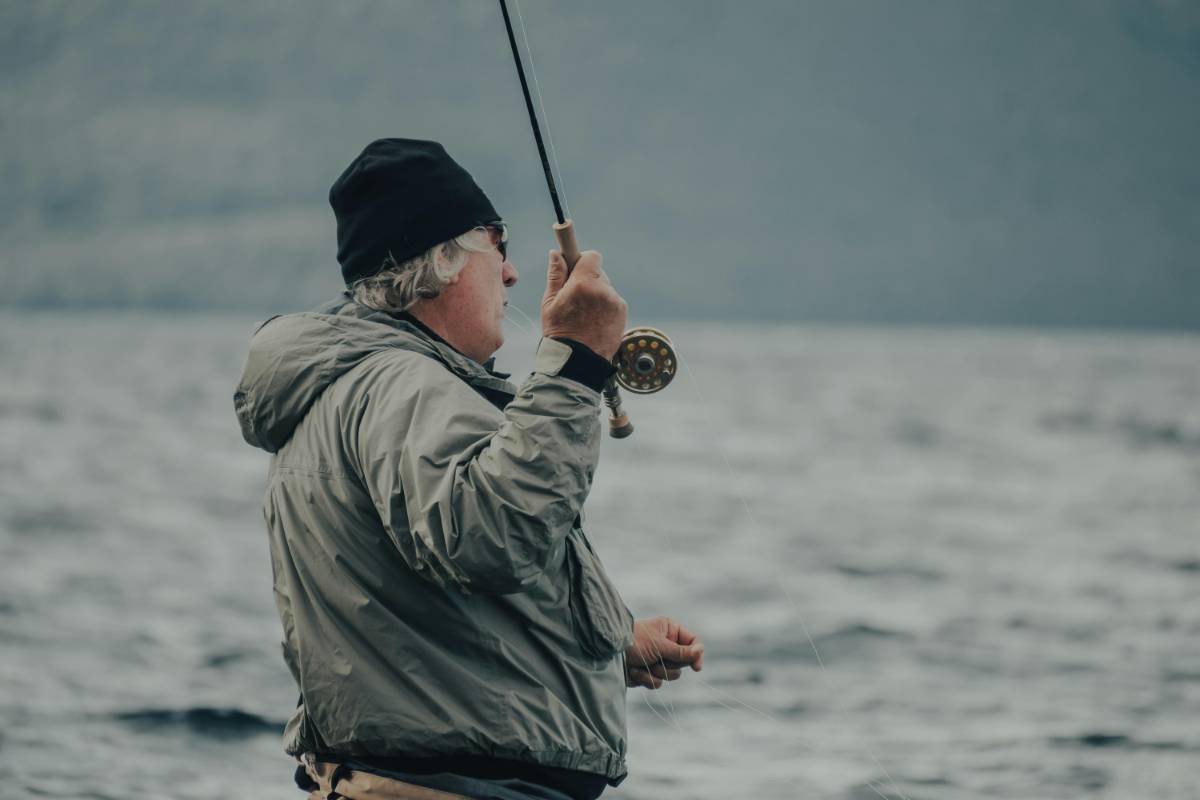 The Backlash of Whitewashing in Hollywood
The Backlash of Whitewashing in HollywoodOne of the most contentious issues in casting has been whitewashing—when white actors are cast in roles that represent characters of different ethnic backgrounds. This practice has long been criticized for denying actors of color opportunities and perpetuating racial stereotypes.
A prime example of whitewashing in Hollywood is the casting of Emma Stone as Allison Ng, a character of Asian descent, in the 2015 film “Aloha.” The decision sparked outrage, with critics pointing out that the film perpetuated the stereotype of white actors being cast in roles intended for people of color. Other high-profile cases of whitewashing include the casting of Scarlett Johansson as the lead in the 2017 film “Ghost in the Shell,” a live-action adaptation of a Japanese anime series, which led to widespread criticism from fans and cultural commentators alike.
These decisions have prompted calls for more diversity and inclusivity in Hollywood casting. While some studios have taken steps to address this issue, such as casting more ethnically appropriate actors and creating more opportunities for diverse talent, whitewashing remains a contentious issue that Hollywood continues to face.
Controversial Reboots: When Casting Choices Divide FansThe rise of reboots and remakes in Hollywood has brought about some of the most polarizing casting decisions in recent years. Fans of beloved franchises often have strong opinions about who should be cast in iconic roles, and when studios make unexpected choices, backlash can be swift and severe.
One of the most famous casting controversies in recent memory occurred with the 2016 all-female cast of “Ghostbusters.” When it was announced that Melissa McCarthy, Kristen Wiig, Kate McKinnon, and Leslie Jones would be starring in the reboot of the classic 1984 film, many fans were not pleased. While some celebrated the casting as a refreshing take on a beloved franchise, others argued that the film was disrespectful to the original cast and that the decision to change the gender of the main characters was a politically motivated move rather than a creative choice. The backlash became so intense that the film's director, Paul Feig, and cast members were forced to defend their choices publicly.
Another controversial reboot casting came with the 2017 film “Beauty and the Beast.” While the casting of Emma Watson as Belle was largely praised, the decision to cast Dan Stevens as the Beast sparked some debate. Many fans felt that the transformation of Stevens into a CGI Beast character made it difficult to connect with the actor's performance, leading some to question the casting of a non-musical theater performer in such an iconic role.

Perhaps one of the most widely condemned casting decisions in Hollywood history involved the use of blackface in films and TV shows. Blackface, the practice of white actors darkening their skin to portray Black characters, has long been a source of controversy and is considered a racist and offensive practice. Yet, for decades, blackface was commonly used in Hollywood, and some casting decisions from this period remain highly controversial today.
One infamous example is the casting of actor Mickey Rooney as Mr. Yunioshi in the 1961 film “Breakfast at Tiffany’s.” Rooney, who was white, portrayed a Japanese character in an offensive and exaggerated manner, which many critics saw as an example of racial stereotyping. The decision to cast Rooney in this role has been widely criticized, and the film is now often cited as an example of Hollywood’s problematic treatment of race.
In more recent times, the casting of actors in roles that have been deemed racially insensitive, such as the casting of Johnny Depp in the role of Tonto in 2013’s “The Lone Ranger,” has led to public outcry. Depp’s portrayal of Tonto, a Native American character, was criticized for perpetuating stereotypes and trivializing the experiences of Indigenous people.
These examples highlight the deep racial issues that have persisted in Hollywood casting decisions over the years. While progress has been made, many argue that Hollywood still has a long way to go in terms of inclusive and respectful casting choices.
💡 Discover More from Hollywood
In recent years, the trend of gender-swapped casting—where traditionally male roles are filled by female actors—has generated a lot of buzz, but it’s also been a point of contention. While some see it as a step forward for gender equality, others feel it undermines the original vision of the character or franchise.
One such controversy arose from the casting of Idris Elba as the lead in a gender-swapped version of “The Dark Tower” in 2017. Though many fans embraced the idea of Elba taking on the role, there was also considerable backlash from those who felt that the decision was a politically motivated change that altered the character of Roland Deschain, originally written as a white man in the books by Stephen King. Despite the criticism, Elba's performance was widely praised, and the debate over gender-swapping continued to generate discussions about representation in Hollywood.
Another example is the casting of women in iconic male roles in the 2018 reboot of “Ocean’s 8.” The film, which starred Sandra Bullock, Cate Blanchett, Anne Hathaway, and others, received mixed reactions. While many applauded the film’s all-female cast as empowering and refreshing, others criticized it for leaning too heavily on the franchise’s past success, saying it felt like a cash grab rather than a creative reimagining of the original “Ocean’s Eleven” films.
These gender-swapped casting decisions often divide audiences, but they also open important conversations about gender representation in Hollywood and the evolving nature of iconic characters.
Conclusion: The Power and Consequences of Casting DecisionsHollywood’s casting decisions will always be a hot topic for fans and critics alike. While some choices are celebrated for their boldness or inclusivity, others stir controversy and highlight deeper issues of representation, appropriation, and equality. As Hollywood continues to evolve, casting will remain a critical aspect of the conversation about how the industry can better reflect the diversity of the world around it. The key is ensuring that casting decisions are made with thoughtfulness, respect, and a commitment to inclusivity—qualities that will ultimately help shape a more progressive and innovative Hollywood for years to come.
Stay Informed
Get the latest and most accurate news delivered straight to your inbox. Subscribe now and never miss an update.

Rajat Sen
An insightful voice in the industry, crafting content that informs, inspires, and connects with readers.
View all articles →Continue Reading

Travel
How to Make the Most of Business Class Benefits on Your Next Corporate Flight
By David Thompson
02 Oct 2025

Travel
How to Make the Most of Your Corporate Travel Perks – Expert Tips Inside!
By James Carter
31 Aug 2025
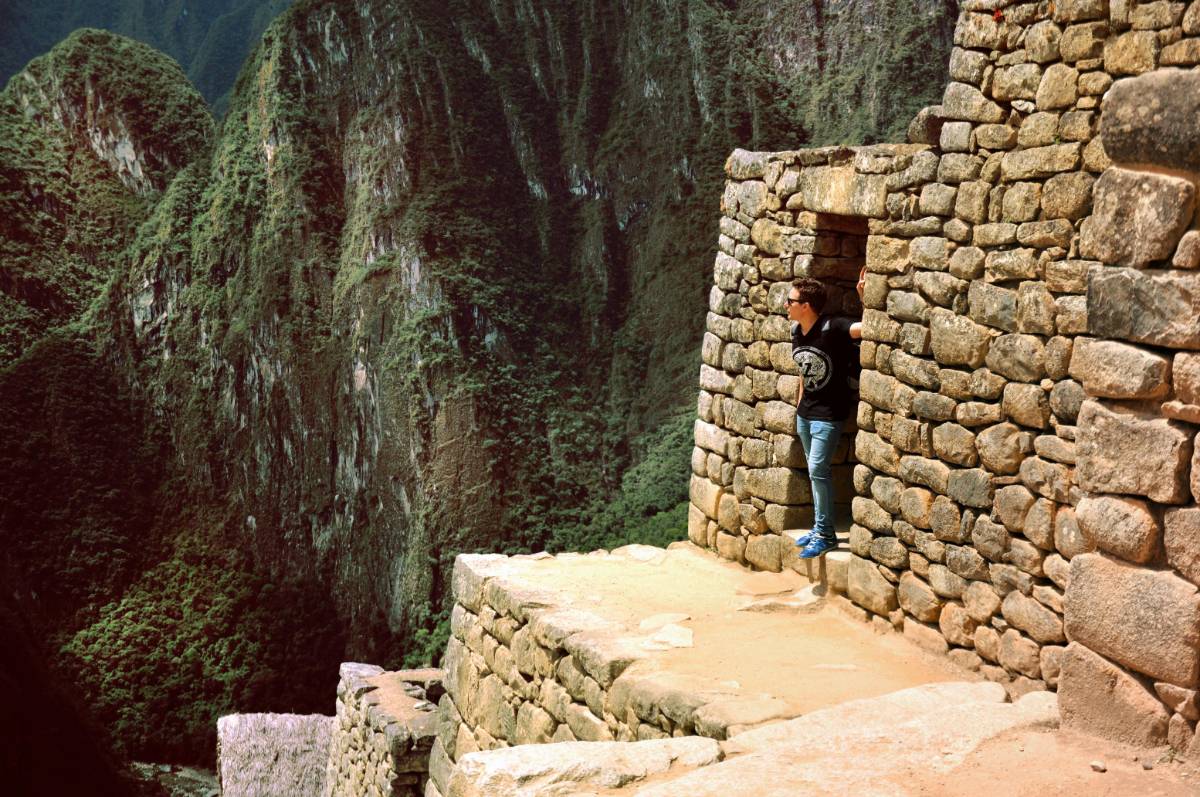
Travel
Exploring Indigenous Cultures: Destinations and Responsible Tourism Tips
By Rahul Sharma
20 Sep 2025

Travel
Why Your Corporate Travel Policy May Be Costing You More Than You Think
By David Thompson
18 Sep 2025

Travel
How to Make the Most of Your Airline Miles – Tips from Travel Experts
By Olivia Mitchell
23 Sep 2025

